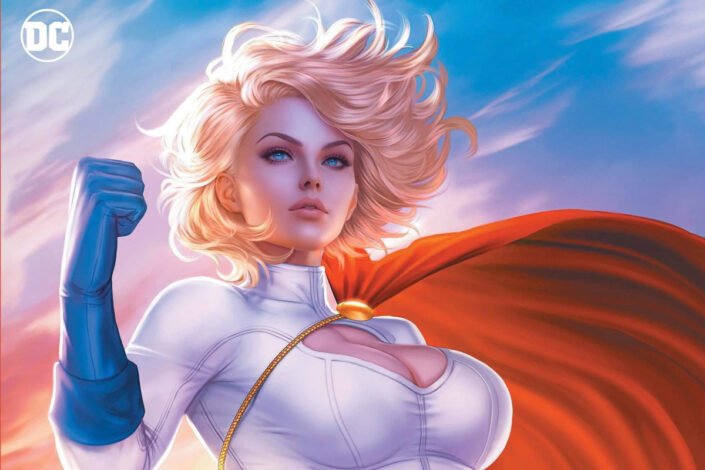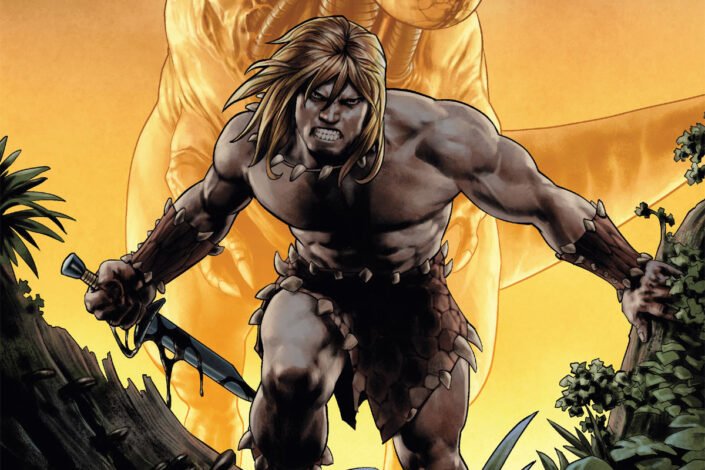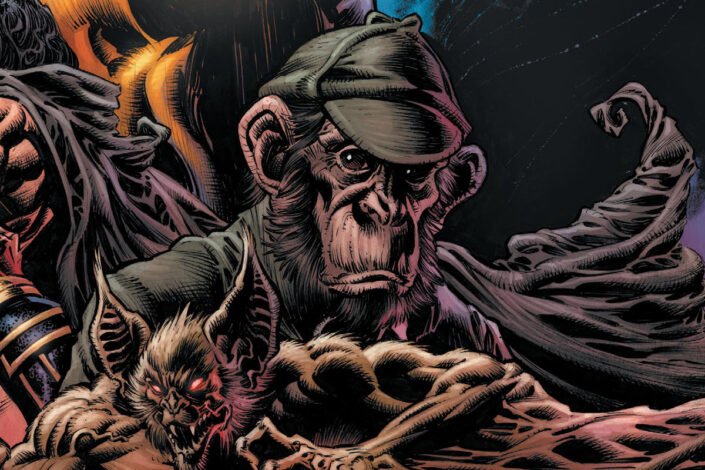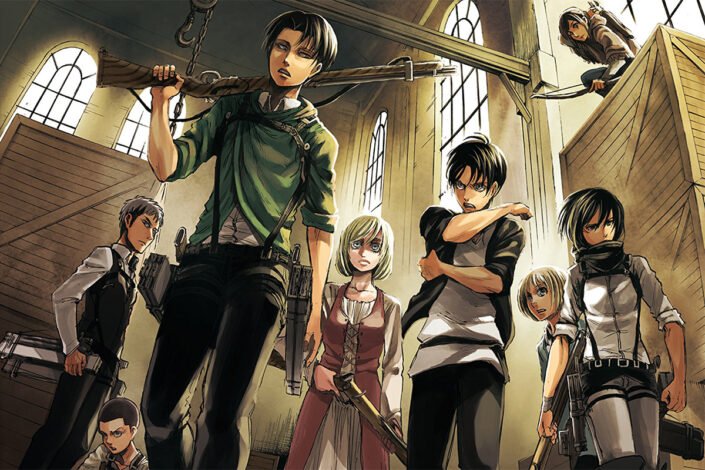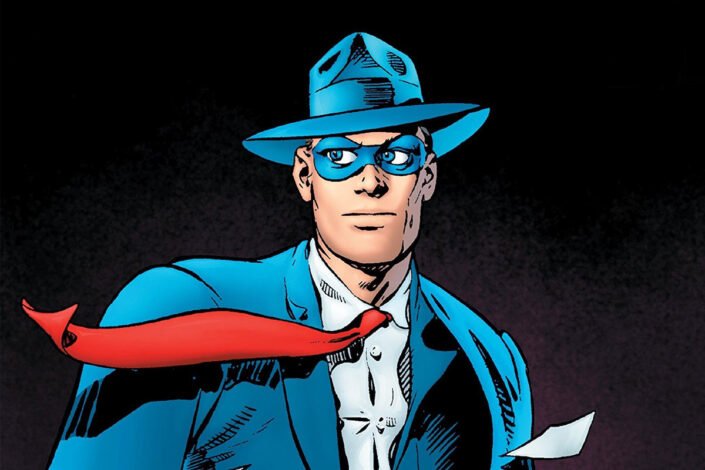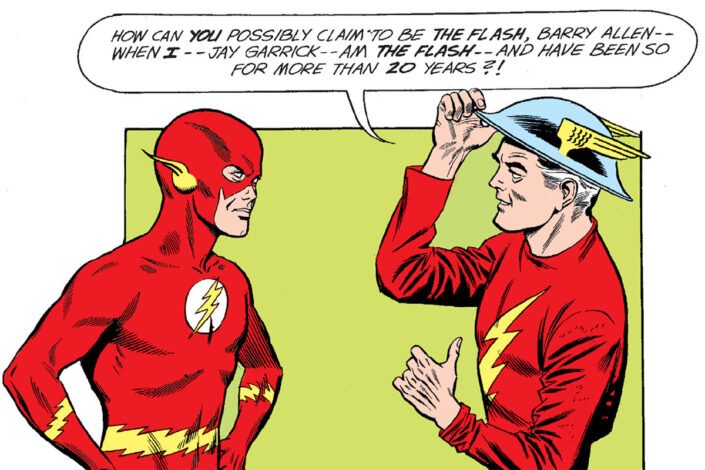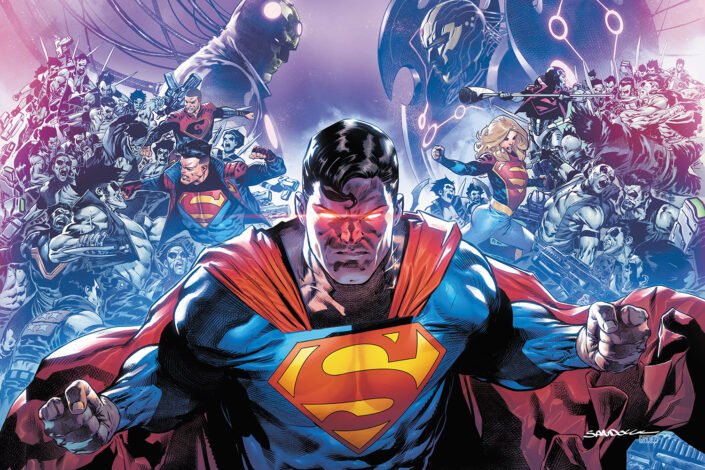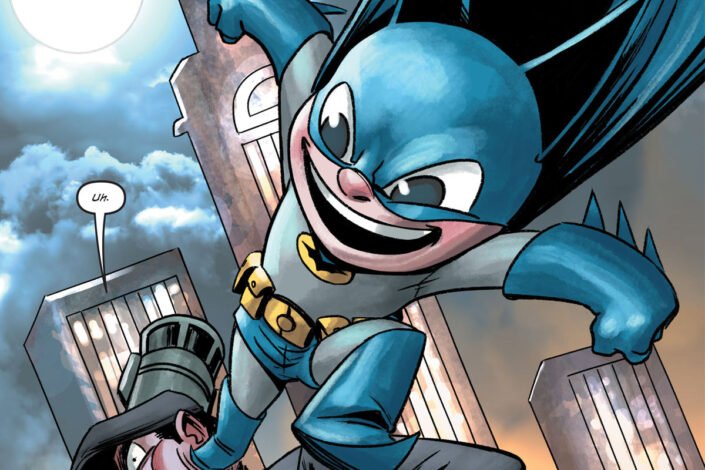Bizarro: Superman’s Deranged Clone is a tragicomic anti-hero NOT!
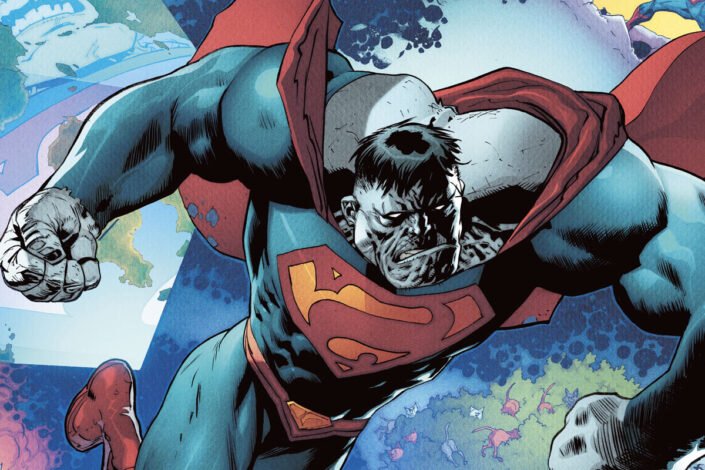
The 1950s were another time, especially in the pages of comics like Superboy where strange things happened regularly for our young superhero. As the decade concluded, things would not become more conventionally heroic by today’s standards. Yesterday’s standards, that’s another story. Anyways, Superboy met The Super-Creature of Steel named Bizarro in Superboy #68 (October 1958).
Often portrayed as a distorted and imperfect duplicate of Superman, Bizarro had different origin stories through the years, but he has chalky white skin and distorted features–and is often depicted with a backward “S” symbol on his chest. His actions and speech are often opposite or inverted compared to Superman’s. As a result, he became the source of humorous situations or, on the contrary, tragic ones.
Credits for the creation of the character are often given to writer Otto Binder and artist George Papp, but Bizarro came from the mind of another writer, Alvin Schwartz. He was going to introduce this distorted mirror version of the Man of Steel first in the Superman daily newspaper strip. However, editor Mort Weisinger had reviewed Schwartz’s work and passed the idea to Binder to use in Superboy. The newspaper strip ended up published later and that’s why Alvin Schwartz is not the credited creator of Bizarro.
Read More »Bizarro: Superman’s Deranged Clone is a tragicomic anti-hero NOT!
